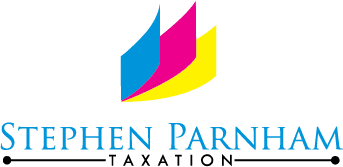Most trusts are subject to the so-called ‘relevant property’ tax regime. The regime imposes a charge to inheritance tax on the capital value of trust assets on each 10 year anniversary of the creation of the trust and for ‘exit’ charges on capital distributions or where property otherwise ceases to be’ relevant property’.
Discretionary trusts, whenever they have been created, and most other forms of lifetime trusts established on or after 22 March 2006, are subject to the inheritance tax ‘relevant property’ regime. The exceptions are, very broadly, bare trusts and qualifying trusts for disabled persons.
The Government has been consulting with the intention of simplifying this trust regime and at the same time preventing inheritance tax planning using multiple trusts. At the end of the day predictably very little has transpired by way of simplification with one significant exception. There are also a couple of real positives which have emerged.
The widely debated proposals to allow only one nil rate band to set against the inheritance tax cost arising in multiple settlements fizzled out earlier this year. It will still, as a consequence, be possible to create settlements up to the value of the nil rate band ( currently £325,000) every 7 years, with no inheritance tax arising on creation or in the first 10 years of the trust’s life. This strategy therefore continues to be of considerable value to those who are willing to take a medium term perspective in their estate planning concerns.
Each settlement has its own inheritance tax nil rate band (currently £325,000) which is reduced by any chargeable transfers made by the settlor in the 7 years prior to establishing the settlement for purposes of calculating charges. Generally speaking, if the value of the settled property is within that nil rate band, then there will be no tax charge.
The one welcome point of simplification referred to above is that under the old rules property in the trust fund which was not relevant property (for example, assets within a life interest fund established prior to 22 March 2006) was taken into account when calculating the rate of charge and this could generate a tax charge on the relevant property even though the relevant property itself was within the nil rate band. For chargeable events taking place on or after the date on which the Summer Finance Bill receives Royal Assent, property which has never become relevant property will no longer be taken into account for these purposes.
The Finance Bill passed its second reading before the House of Lords this week and one may therefore anticipate Royal Assent will be received before the end of the year.
My next post ‘ Key Points 2’ will consider two traps for trustees under the new trust regime.
Inheritance tax planning – https://bit.ly/2oDgG28


